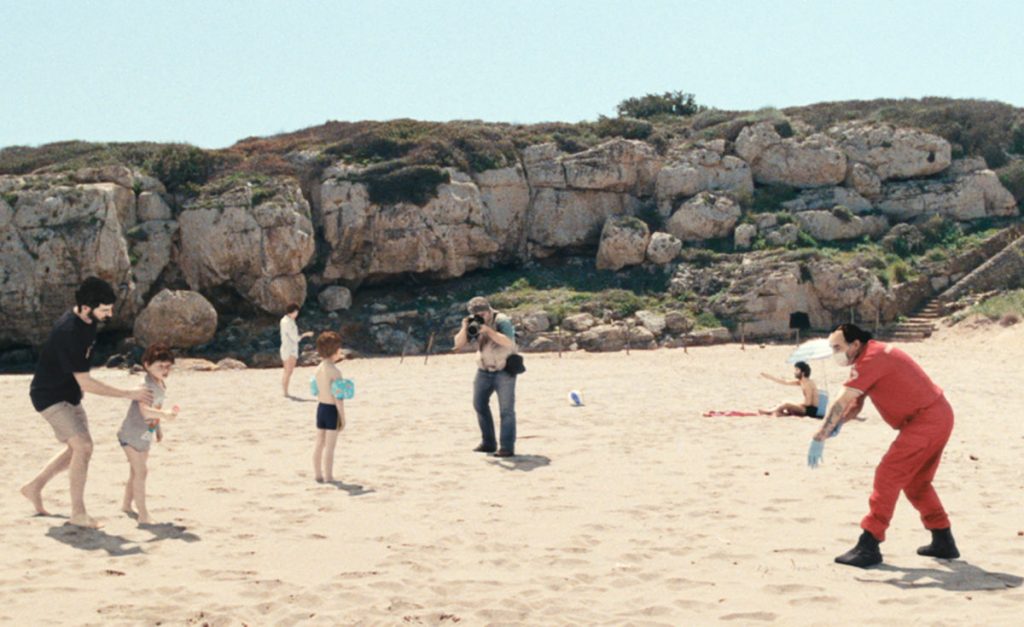Tea time with Estate (Summer)
Interview with Ronny Trocker, director of Estate [Summer]
Why did you want to make a film about illegal immigrants?
That’s certainly a complex question, but to begin with, I don’t like the word “illegal”. Most people who cross the sea do so out of necessity. Our laws are what push them towards “illegality”. The refusal by European states to grant safer paths for immigration has helped transform the Mediterranean into a common grave. The idea of a united, humanistic Europe is trampled under. The film came out of a need to talk about this very great uneasiness.
Why were you interested in the beach and its family atmosphere?
For us, the beaches of the Mediterranean are like a pilgrimage site where we seek out rest, peace and happiness. For others, it is the first false step on their path to another life, one ideally that is better than the one they left behind on the other side of the sea. Those lovely beaches embody a certain innocence, but the meeting of the two different types of visitor transforms both.
How did you create the animation and its hyper-realistic effect? What part did real actors play in the film as a whole?
We photographed the actors in a studio where they were surrounded by about sixty synchronized cameras. This 360-degree scan allowed us to create 3D models and to add a photo-realistic texture. Once we’d finished the characters, we went off to film the beach with a 16mm camera. The only actor present at that stage was the main character, the refugee. During compositing, we finally put the two elements together.
How did you create the sound in Estate?
At the beginning, I’d imagined a sound that was purely realistic, but after a few tries, I realized that that didn’t work with characters who were frozen in the image. So we started including more and more abstract sound elements in order to underscore the ambiguity of the temporality.
How did you build the rhythm and the dual temporality in the film?
The editing was complicated since I had to begin assembling without the characters being embedded yet. The goal was to begin by wandering inside the situation that the original photo gave rise to and then adding the second narrative layer, where one of the characters comes to life. That’s an abstraction that should ideally offer the viewer a new way of seeing the images.
Are you familiar with the principle behind Mannequin Challenge and did that influence you in any way? What do you think of our relationship to the immobility of photography versus animation?
Not, that had nothing to do with my project. I’d seen some of those videos on the web, but that was after I’d already finished Estate. My characters are immobile since the project started from a press photo, and I wanted to keep certain elements of that frozen moment.
Any cinematic coups de cœur in the past year you’d like to tell us about?
I was moved by several films. To name just one off the top of my head, I’d say La Mort de Louis XIV [The Death of Louis XIV] by Albert Serra.
If you’ve already been to Clermont-Ferrand, could you share with us an anecdote from the festival? If not, what are your expectations for this year?
I came to Clermont-Ferrand with my last short film in 2014 (Gli immacolati – editor’s note) and I remember being very impressed by the number of viewers who came to watch the films. Seeing your own film projected in the vastness of the Jean Cocteau room is very stirring.
Are you taking part in any other events during the Clermont-Ferrand Short Film Festival (Espressos, conferences, other)?
There’s a meeting scheduled with students from the Lycée Blaise Pascal who are taking the film elective.
Estate is being shown in National Competition F5.









